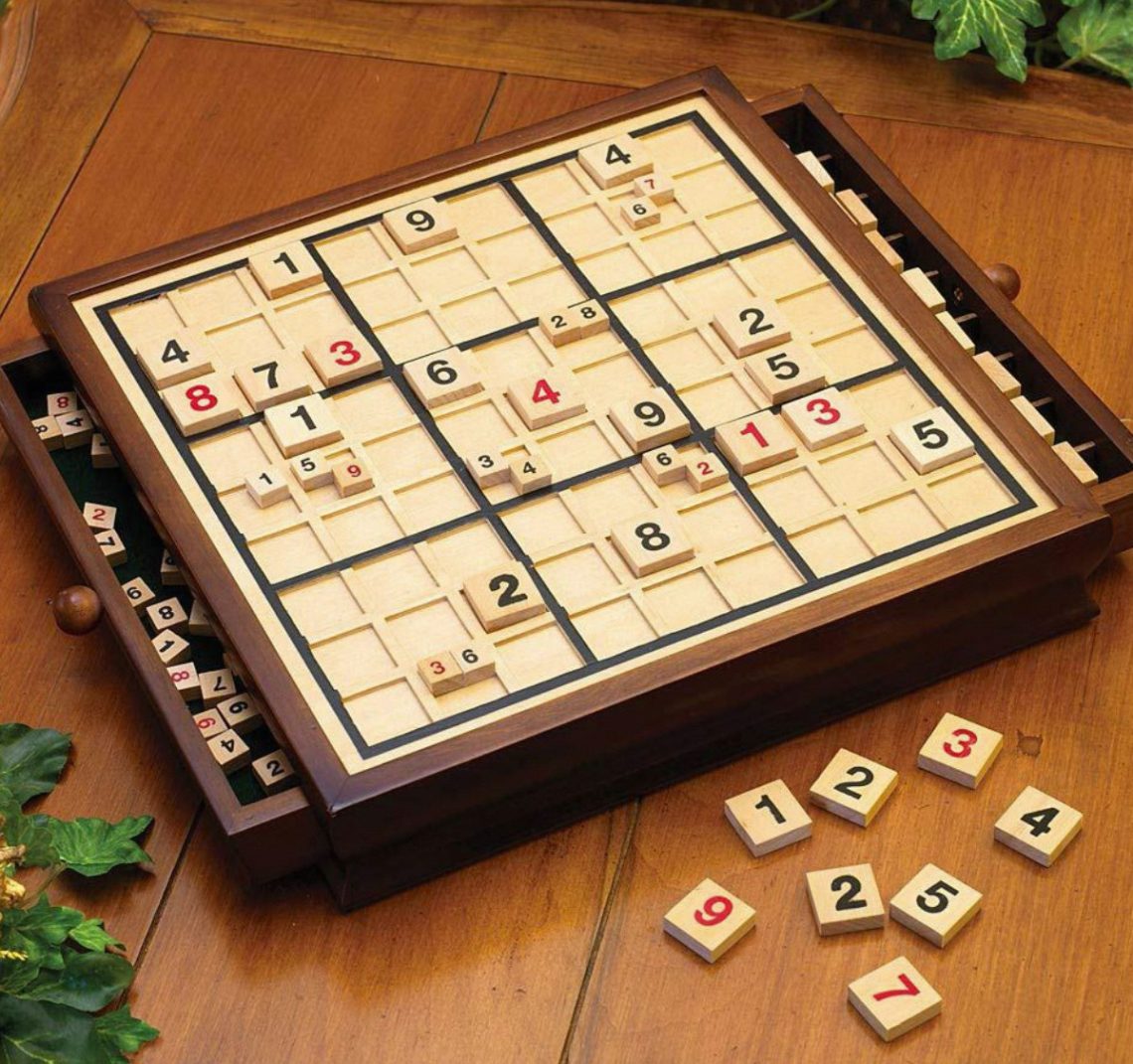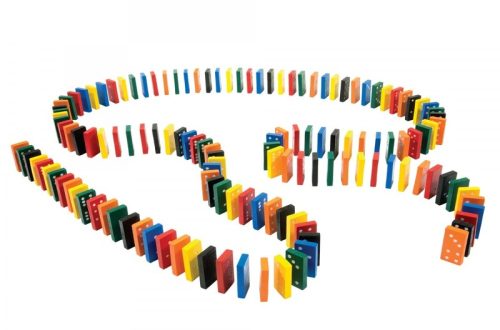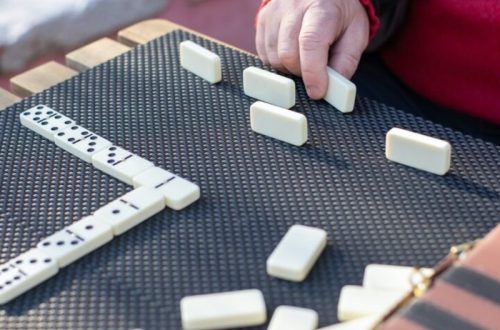Board games have the power to bring people together, spark laughter, and create lasting memories. But have you ever wondered what goes into crafting the game you hold in your hands? Designing your own board game can be a fulfilling and surprisingly accessible process. This article will guide you through the creative process, breaking it down into four key parts:

Part 1: Spark the Flame – Inspiration and Ideation
Find Your Inspiration:
Board games come in all shapes and sizes. They can be strategic, cooperative, educational, or purely for fun. Look to your favorite games for inspiration. What mechanics do you enjoy? What themes pique your interest? Perhaps you have a favorite book, movie, or historical period that would make a compelling game world. There are no wrong answers here; let your imagination roam!
Identify a Niche:
While it’s beneficial to appreciate established games, it’s also crucial to identify a niche for your board game design. Consider whether there is a gap in the market for a specific type of game that you can fill. Perhaps you identify an opportunity to create a more educational or family-friendly version of a strategic game, or vice versa – to create a more complex version of a popular family game. Understanding the age group and experience level of your target audience is also vital. By addressing a niche, you can cater to specific preferences or needs that may not be fully met by existing games, ultimately giving your game a unique selling point and increasing its appeal. Analyzing the gaming landscape and identifying areas where your game can stand out and offer something new and compelling can be a critical factor in the success of your game.
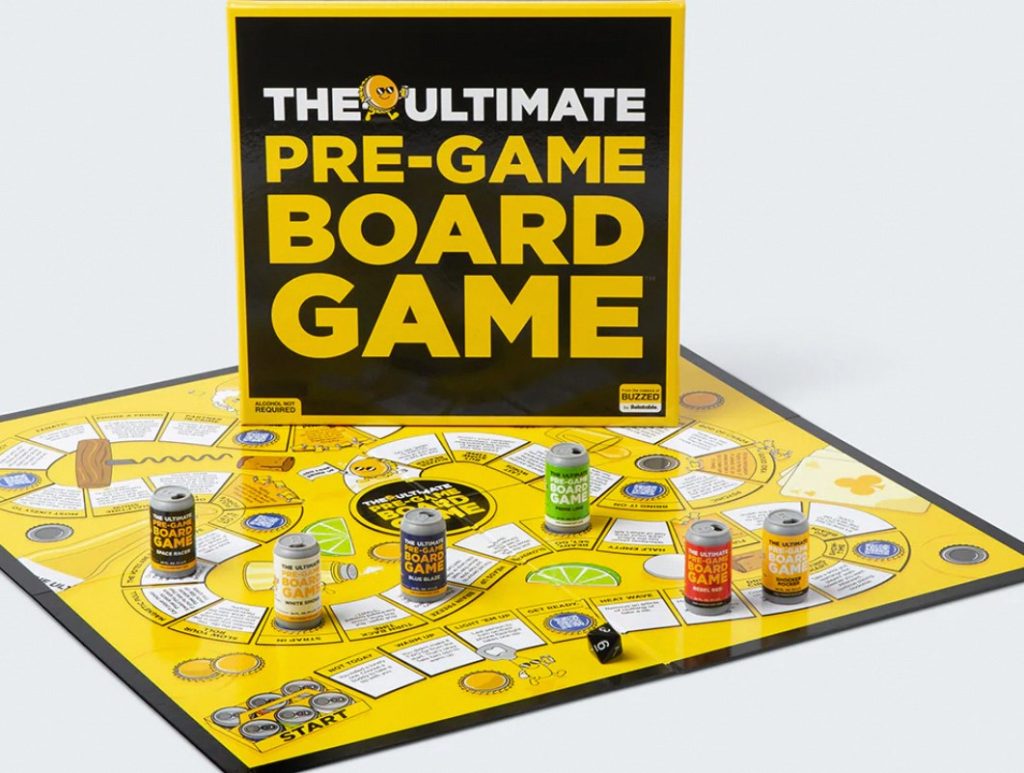
Part 2: Laying the Foundation – Mechanics and Theme
Choose Your Mechanics:
The mechanics serve as the core of your game, defining how players interact with the game and each other. Whether it’s a race to the finish line, a resource management game, or a cooperative adventure, the mechanics shape the gameplay experience. Popular mechanics such as dice rolling, card drafting, tile laying, and deck building offer different dynamics and strategies for players. When deciding on the mechanics for your game, it’s essential to consider what best suits the theme and experience you want to create. For instance, if you are designing a fast-paced and competitive game, dice rolling or card drafting mechanics might be suitable. On the other hand, if you aim to create a game that encourages strategic decision-making and long-term planning, mechanics like resource management or deck building could be more appropriate. By carefully selecting mechanics that align with your game’s theme and desired experience, you can craft a compelling and engaging gameplay that resonates with players.
Theme and Narrative:
The theme of your game is much more than just its superficial appearance — it is the world your game inhabits, creating a visual and narrative layer that has the potential to elevate the gameplay. A strong, well-integrated theme in a game can tie the mechanics together and significantly enhance player engagement. The theme should complement and enhance the mechanics, drawing players into the game world and making their experience more immersive and enjoyable. As you consider your game’s theme, it’s important to think about whether the mechanics lend themselves to a specific theme. For example, does your game’s mechanic align with a spacefaring adventure, a medieval quest, or a whimsical race through a fantastical landscape? By selecting a theme that harmonizes with the mechanics, you can create a cohesive and captivating game experience that resonates with players and adds depth and richness to the overall gameplay. Ultimately, a well-integrated theme can be the key to making your game more engaging and memorable.

Part 3: Building the World – Components and Rules
Components:
Now that you have established the foundation of your board game, it’s crucial to consider the physical components that will bring your game to life. When thinking about the physical components, you’ll need to determine the type of board that best suits your game. It could be a simple playing surface or an intricate game board with multiple sections and features. Additionally, you’ll need to consider if your game requires pawns, cards, dice, or a combination of these elements to drive gameplay. Fortunately, there are numerous resources available online and in craft stores that can assist you in creating prototypes. You can use readily available materials such as cardboard, paper, and markers. By carefully considering the physical components and utilizing available resources, you can bring your game to a tangible form. This will allow you to test and refine the gameplay, mechanics, and overall experience of your board game.
Crafting the Rules:
Clear and concise rules are essential for a smooth gameplay experience. Start by outlining the objective of the game and how players win. Then, break down each turn or round into steps that are easy to understand. Use simple language and include illustrative examples where necessary. Playtesting is crucial at this stage; it will help you identify and refine the rules to ensure a balanced and enjoyable game.
Part 4: Bringing it to Life – Playtesting and Refinement
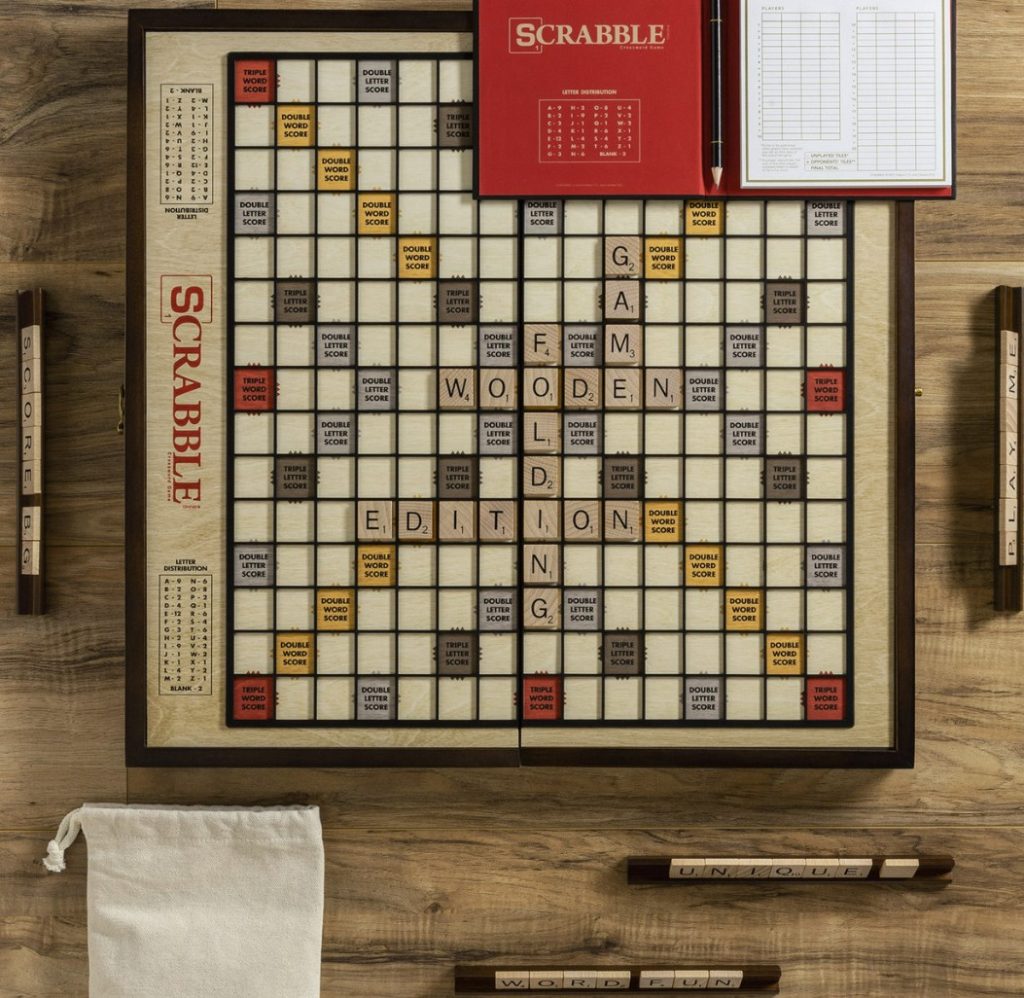
Gather Your Playtesters:
To refine your game, it’s essential to get it into the hands of players. Invite a diverse group of individuals, whether they’re friends, family, or board game enthusiasts, to playtest your game. As they engage with the game, observe how they interact with the mechanics, navigate the game board, and make strategic decisions. Their direct feedback and observations will be invaluable in identifying areas that require improvement. Assess their level of engagement, their understanding of the rules and mechanics, and their overall enjoyment of the game. Encourage them to provide honest and constructive feedback, as their input will help you refine and enhance the game. By observing and analyzing how different players experience the game, you can gain valuable insights that will contribute to improving the game’s mechanics, balance, and overall gameplay. Iterating on the game design and mechanics based on playtesting feedback is crucial in creating a polished and enjoyable gaming experience.
Refine and Repeat:
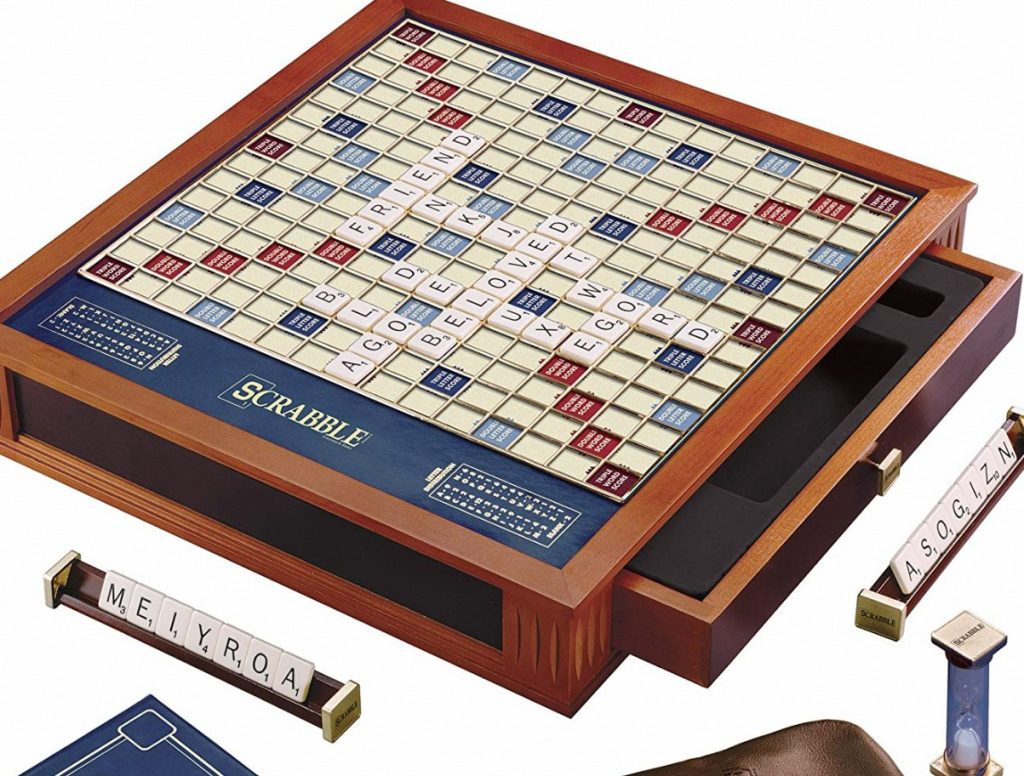
Playtesting is an iterative process. Be prepared to make adjustments based on the feedback you receive. This could involve tweaking the rules, modifying the components, or even changing the core mechanics entirely. Don’t be discouraged by setbacks; view them as opportunities to make your game even better.
Designing your own board game is a rewarding journey that allows you to express your creativity and share it with others. Remember, the most important thing is to have fun with the process! So grab some paper, pencils, and maybe a handful of dice, and start bringing your board game idea to life!
